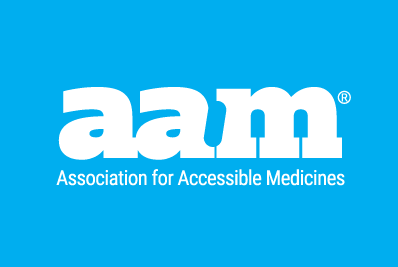Compiling a list of medicines essential to the U.S. health care system is a key component of AAM’s Blueprint for Enhancing the Security of the U.S. Pharmaceutical Supply Chain After all, we can’t solve the problem unless we understand it. Currently there are approximately 20,000 prescription drugs. If policy makers wish to strengthen the supply chain for essential medicines in the U.S., where is the best place to start?
Countries around the world rely on lists of essential medicines to help guide public policy and improve the health of patients. The U.S. is long overdue in developing a list of our own—one that fits the health care needs of America’s patients and strengthens our health care system. According to Anthony Lakavage of U.S. Pharmacopeia, “It is unrealistic for any country to manufacture all of its own medicines. Yet all countries should be able to make the most essential ones.” Three preliminary steps are required before we achieve that goal.
- Creating the list. The blueprint calls on the Secretary of Health and Human Services to spearhead the creation of a list of essentials medicines for the U.S. The list would serve as an important signal to the market and help inform policymakers about which drugs are most critical for U.S. patients and the health care system. The list would include medicines important for public health, vital during a public health emergency, and could impact U.S. national security.
- Understanding the list. Developing a better understanding of pathways from manufacturer to patient is the next step. The secretary’s assessment of how the medicines on the list are sourced and manufactured would include the location and number of facilities.
- Determining how to encourage more U.S.-based production. As the blueprint envisions, grants, tax credits, supply contracts and other incentives would be available for “high-priority” essential medicines. These incentives are critical to enhancing the security of the U.S. supply chain.
These steps will help us in the ongoing battle against COVID-19, prepare our country for the next pandemic and mitigate the chance of future shortages. A thoughtful, well-planned strategy will help ensure America’s patients and health care providers are able to access their prescription drugs without interruption.

By Erik Komendant, AAM Vice President, Federal Government Affairs

